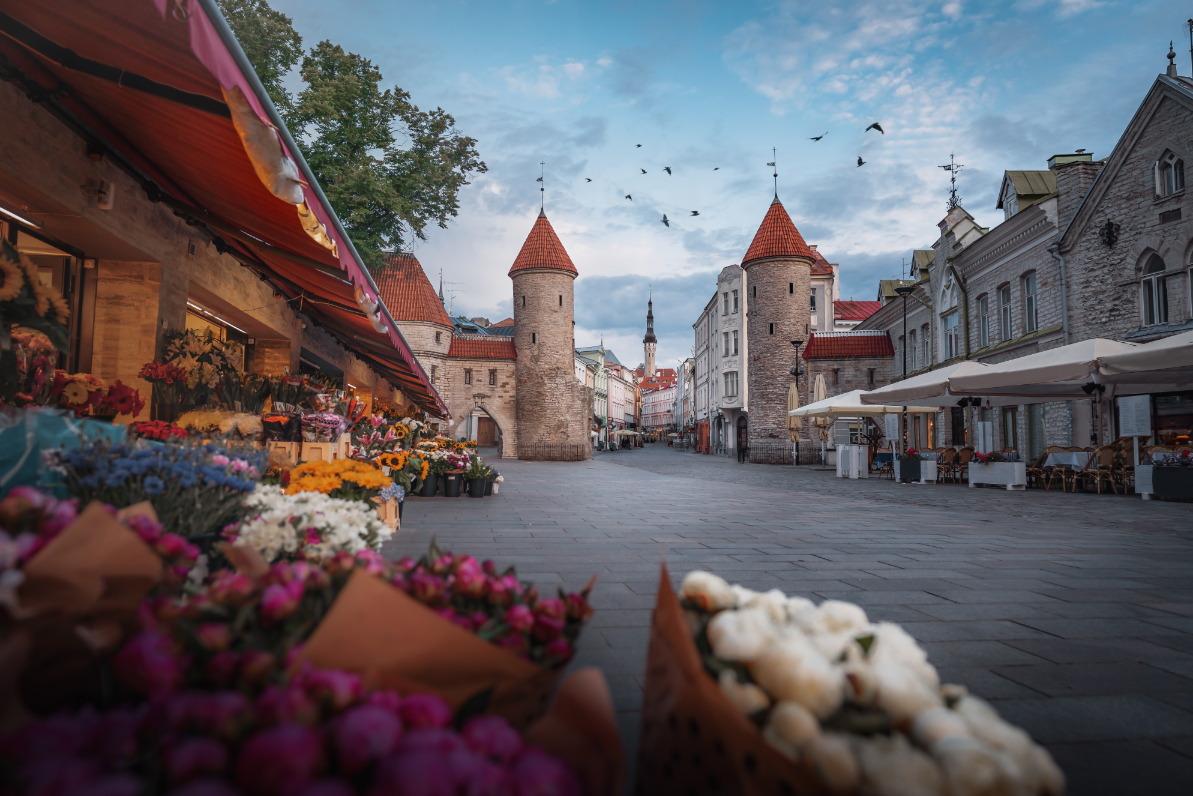Saaremaa Island (Estonia)
If you are considering a trip to the Baltic States (Lithuania, Latvia, and Estonia), one of the places you should consider is the island of Saaremaa, in western Estonia. Although it is a huge island, the population density is very low, the roads have little traffic and the towns are really quiet. It is a very pleasant place to spend 2 or 3 days of relaxation visiting mills, small villages and some curious places, such as the crater where a large meteorite struck.
Saaremaa, located in the Baltic Sea, is the largest island in Estonia and one of the 4 inhabited islands of the Moonsund Archipelago, where there are more than 500. It is located just north of the Gulf of Riga and about 200km southwest of Tallinn. Just over 30,000 people live in Saaremaa, half of whom reside in Kuressaare, the capital. It is a very flat island (the highest point reaches 54m), wooded, and with long two-way roads that connect the main points. In general, it is easy and comfortable to navigate by car and, in this sense, Kuressaare is a good option as a “base of operations”. We will talk about how to get there and other practical details at the end of the post. Finally, before starting with the featured visits, we encourage you to read about the history of the island and of Estonia in general. Vikings, Livonians, Swedes, Danes, Russians, Nazis, Communists … it’s a full-blown Game of Thrones.
Kuressaare Castle (and Saaremaa Museum) .Kuressaare Castle is undoubtedly the island’s great tourist attraction and, surely, the reason why many people decide to visit it. It is a historic fortification from the late 14th century built by the Teutonic Order in their efforts to Christianize the ancient region of Livonia. The exterior spaces, even inside the fortification, are freely accessible, but the entrance is paid to visit the interior, which houses the magnificent Museum of Saaremaa. The town of Kuressaare is not of great beauty, but it is very quiet and with several traditional buildings, a large park, and a small beach that justify a good walk and make the stay very pleasant.

